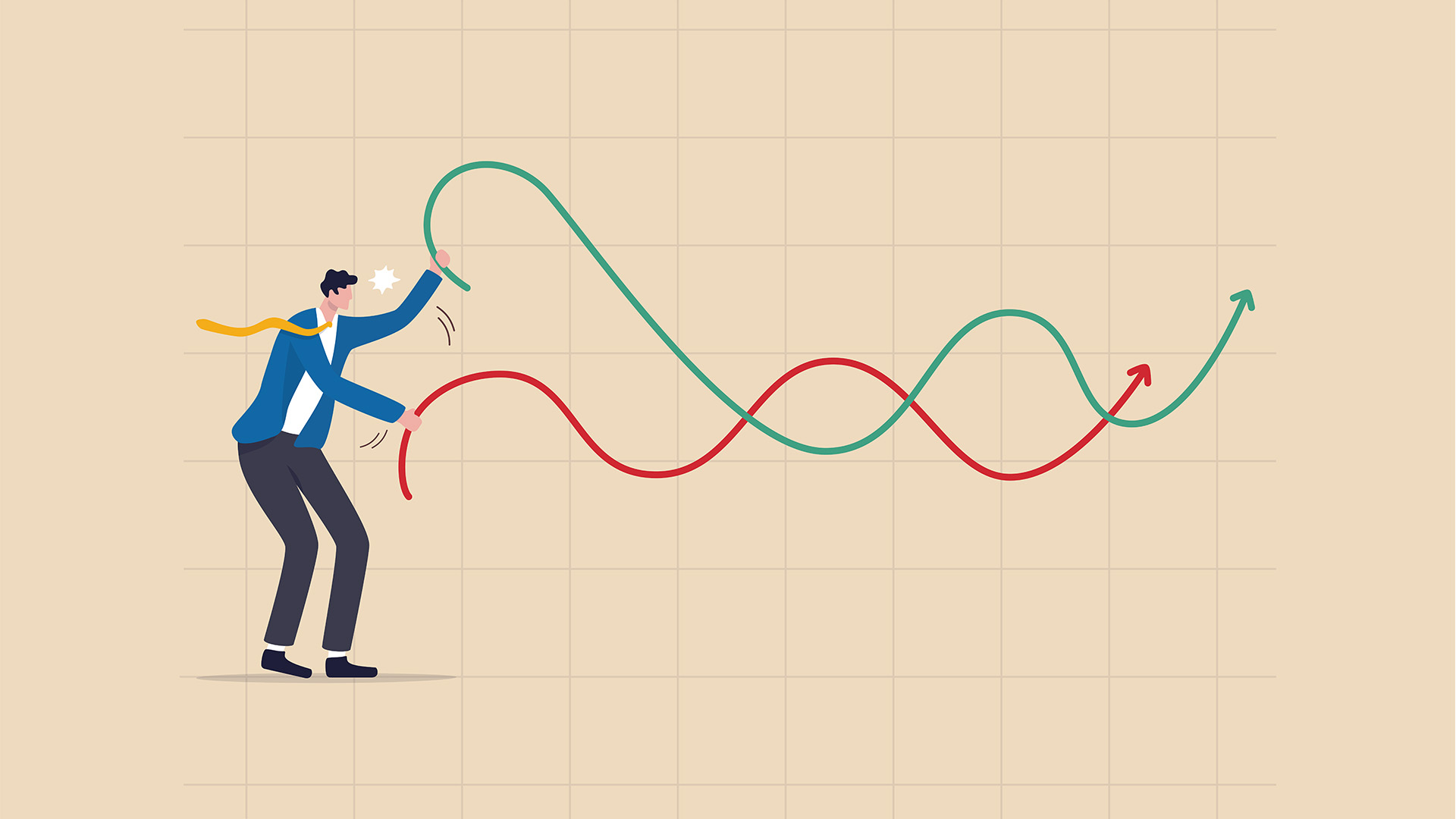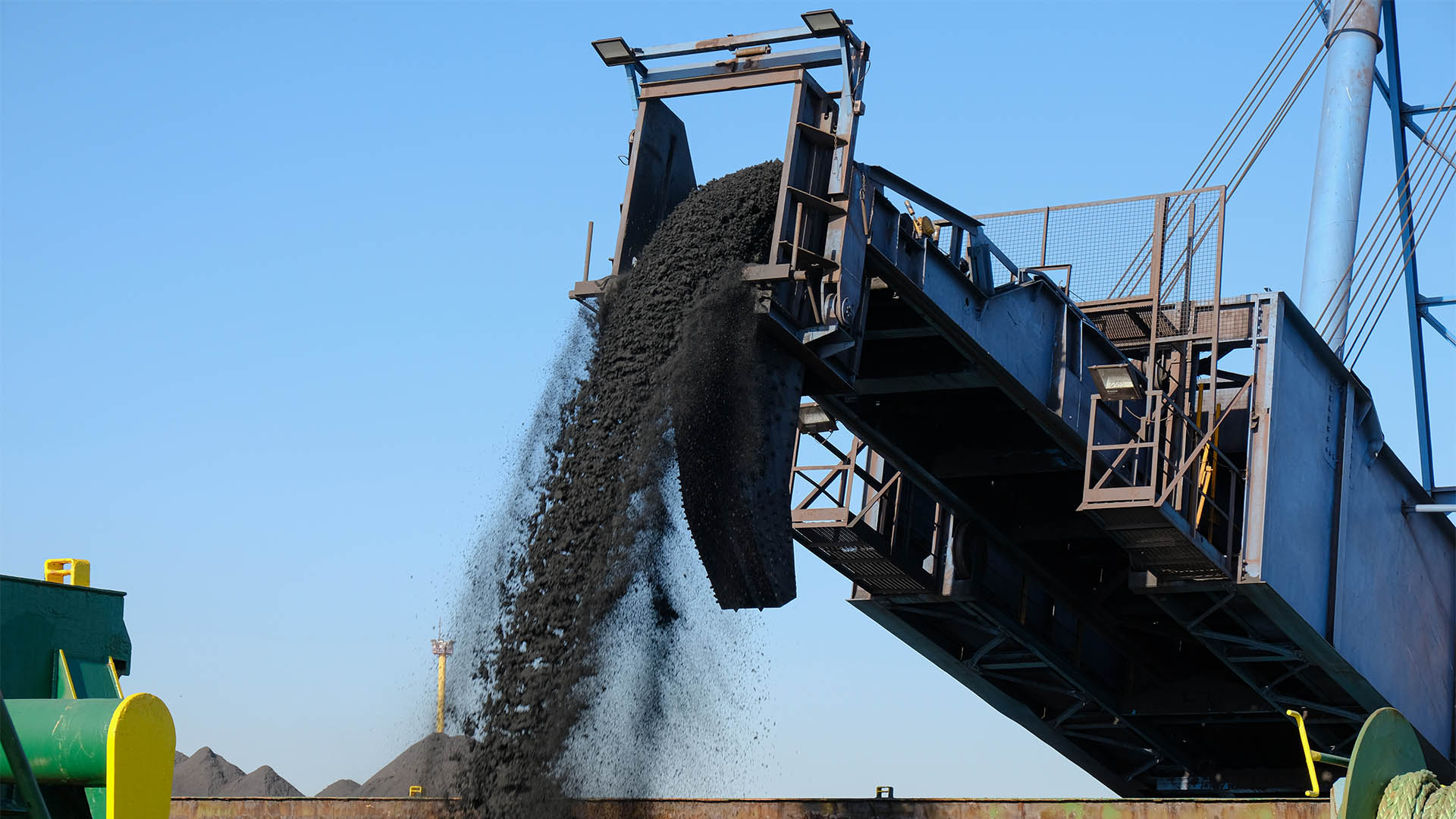Conclusive evidence on Monday that China economy is slowing more rapidly at the same time as the government orders to its steel industry to cut production to reduce carbon emissions.
The July production, investment and retail sales data issued yesterday confirms that the pace of activity across most of the Chinese economy has run out of puff and some of the reason for that slowdown is self-inflicted via the forced cuts in steel output.
Chinese economic activity has hit its slowest pace since late 2020, meaning that 2021’s gains have been lost as investment, industrial production and retail sales have lost most if not all of their earlier momentum.
Data from around April this year – especially activity reports for manufacturing and investment, retail sales and production (led by car sales in June and July) – have suggested the world’s biggest consumer of key commodities was running out of puff.
While exports and imports were solid last month (but a touch weaker than forecast), it’s clear the emergence of new areas of Covid Delta infections inside China is starting to have an impact.
National Australia Bank’s senior economist, Gerard Burg said in the July monthly analysis of Chinas economic data that on Monday afternoon “There were some significant signs of weakness emerging in the latest Chinese data. In seasonally adjusted, month-on-month terms, industrial production growth slowed and retail sales fell in July.
“Similarly, real investment contracted steeply year-on-year. In part, this trend could be related an outbreak of COVID-19 in the second half of July,” he wrote yesterday.
The most visible example of the loss in momentum was the fall in China’s crude steel output in July to the lowest monthly level since April 2020 which was when the economy was just emerging from the first wave of Covid.
The world’s top producer made 86.79 million tonnes of crude steel last month, down 7.6% from June’s 93.88 million tonnes and 8.4% from 93.36 million tonnes in July 2020
The National Bureau of Statistics figures also confirmed that it was down 13%. That was 13% under the all-time peak for crude steel output of just under 100 million tonnes reached in May
The driver for the slide is the stepped-up production controls imposed by the central government to meet a target of keeping output unchanged from last year’s 1.065 billion tonnes as Beijing bids to cap carbon emissions.
In the first seven months of the year, China made 649.33 million tonnes of steel, up 8% from the same period a year earlier. At the end of June production was up 11.6% at 563.3 million tonnes.
That means the production cuts will have to be larger in the next five months – at a time when the economy is slowing and production cuts pull down output and GDP growth.
Reuters said average daily output stood at 2.8 million tonnes last month slipping 11% from 3.13 million tonnes per day in June.
Since late June, Beijing has dispatched inspection teams to local governments and mills to check that cuts in steel capacity (especially in the largest production centre, Tangshan, southeast of Beijing) and output are being implemented, shutting down outdated blast furnaces and limiting production at more heavily polluting plants.
The slide in steel output helped saw production slow to a 6.4% year-on-year growth rate after growing 8.3% in June.
Growth for the first seven months of the year remains solid at more than 14% (which reflects the low base in the same months of 2020).
Retail sales increased 8.5% in July from a year ago, far lower than the forecast 11.5% rise and June’s 12.1% jump. July’s rise was the weakest since last December as Covid restrictions saw movement in dozens of cities and regions restricted towards the end of the month.
For the January to July period, retail sales jumped 20.7% compared to the same period of 2020.
Fixed asset investment rose 10.3% in January-July from the same period a year ago, compared with an 11.3% the 12.6% increase in January-June.
Investment eased in both public (7.1% vs 9.6% in January-June) and private sectors (13.4% vs 15.4%), amid the latest surge of COVID-19 cases in some regions.
Property investment, a huge growth driver of China’s recovery from COVID-19 disruptions, slowed to a 12.7% growth rate in January-July, from 15% rise in the first half of this year.
China’s new home prices rose at the slowest rate in six months in July, as authorities further tightened rules in the red-hot property sector, as the NAB analysis pointed out.












